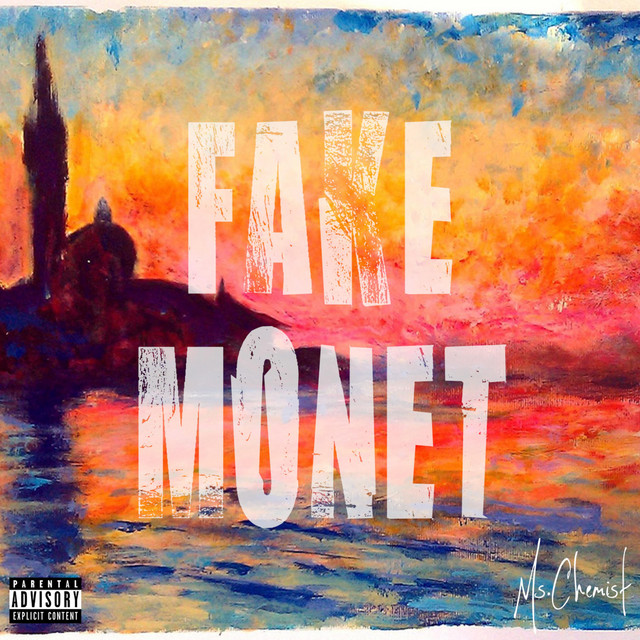
I blogged yesterday about the huge difficulty of proving I owned something, its history and provenance. This is actually something TV shows are made about and there is one on the BBC called Fake or Fortune, where our hosts and experts travel the world trying to prove if a rare item is real or fake.
If you haven’t seen it, here’s an example where the team try to prove whether this is real deal by Claude Monet ...
Do you like my Monet? Is it real? It's all about the Monet, Monet, Monet. With so many imitators and copy artists around, it is hard to show whether the artist is the real one or not. Is it a fake? Then it’s worth very little. Is it real? If yes, it’s worth a fortune.
This is the conundrum that blockchain is trying to solve, as evidenced by one of the earliest pioneers in this space: Everledger.
The lifetime story of a diamond, coloured gemstone or fine bottle of wine is valuable information. It’s a story you must increasingly be able to tell with clarity and confidence to meet your customer’s call for responsible and verifiable sourcing.
We’re an independent technology company that helps businesses surface and converge asset information using a symphony of secure technologies, including blockchain, AI, IoT and much more. Our purpose is to contribute greater clarity and confidence in marketplaces where transparency is a strategic imperative.
By digitally streamlining your compliance processes, we can help you share the history of an asset more efficiently and accurately.
They are not alone. As Red Chalk state:
The problem lies in the inability to truly track real from fake and proper provenance or ownership history. Due to historical and legacy reasons, many industries still use paper to prove whether something is real or whether a particular person actually owns an asset. Paper can be altered. Paper can be lost. When purchasing a diamond ring at a jeweller, it is easy for the corresponding certificate to say one thing, but for the ring to be something entirely different. This is a problem that has been hard to solve until the blockchain came along.
This is where insurance could be revolutionised. Imagine if every asset sold anywhere in the world had a smart chip, holding all of its provenance. You would not need receipts and records. You would purely need to make sure the asset held its identifiers that could be read by a suitable reader.
This is where we’re moving. It’s why people like non-fungible tokens (NFTs). They like them as a digital asset with a digital token that is recorded on a ledger that cannot be changed, is a great innovation. It’s called tokenization ...
Tokenization or creating a block on the blockchain for a specific digital asset allows the item to have data containing provenance like the source of origin and who has owned the item previously. Purchasers of NFTs use the blockchain to verify the work is from the actual artist as it is often impossible to tell the difference in physical pieces of work.
Therefore, going back to my issue with insurance yesterday, if I have a rare item and no proof of ownership or provenance, the insurance industry will reject my claim. If I have token showing the history and provenance of my asset digitally, the insurance firm will have to payout.
Are insurers scared?
Not really. This could be the answer they’ve been looking for since the industry began. That’s why some estimate the market for blockchain in insurance will grow 72.6% CAGR through 2025 to an industry worth almost $40 billion.
Lies, darned lies and statistics. Whatever. All I know is that blockchain in insurance must be one of the few areas where this technology can really crack its use cases including:
- Smart contracts for insurance policies and faster claim processing;
- Payment verification—which will enable financial transactions such as claims collections or pay-outs to be faster, more accurate and auditable; and
- Compliance—enabling insurers to reduce regulatory oversights and the associated costs.
A space to watch as I’ve been saying for years now … from 2015:
The Waterfall Effect: why blockchain is still a decade from mainstream
Chris M Skinner
Chris Skinner is best known as an independent commentator on the financial markets through his blog, TheFinanser.com, as author of the bestselling book Digital Bank, and Chair of the European networking forum the Financial Services Club. He has been voted one of the most influential people in banking by The Financial Brand (as well as one of the best blogs), a FinTech Titan (Next Bank), one of the Fintech Leaders you need to follow (City AM, Deluxe and Jax Finance), as well as one of the Top 40 most influential people in financial technology by the Wall Street Journal's Financial News. To learn more click here...

